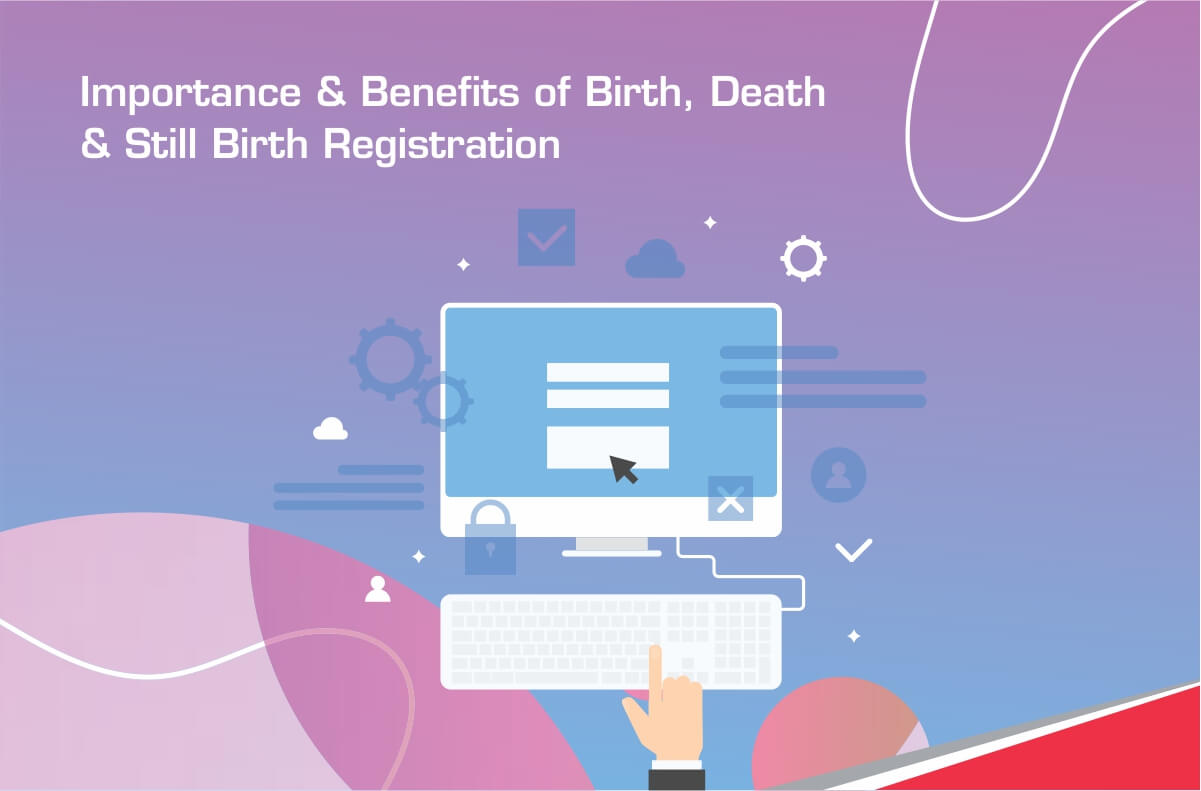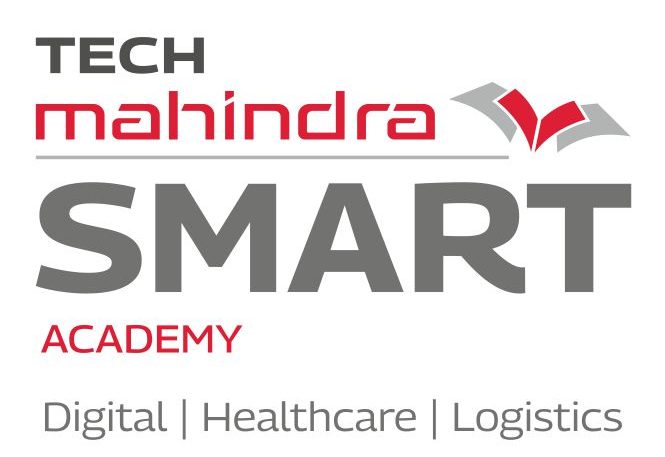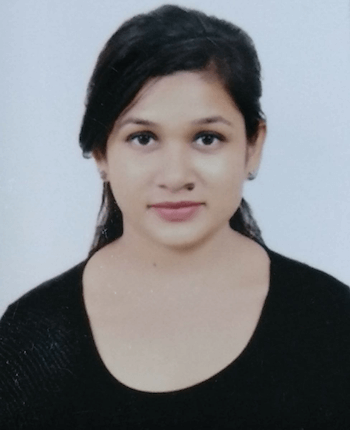In India, under the Registration of Births & Deaths Act, 1969, it is mandatory to register every birth/stillbirth and death in the concerned state/UT. In layman terms, all births and deaths that have occurred either in a home or a hospital shall be reported within 21 days of their occurrence to the concerned Registrar/Sub-registrar in whose jurisdiction the event has occurred. The Government accordingly has provided for a well-defined system for registration of Birth, with the Registrar General at the centre and the Chief registrars in the States, running through district registrars to the village and town registrars at the periphery.
What is Civil Registration?
Civil registration is the way by which countries keep a continuous and complete record of births, deaths and the marital status of their people. For health agencies like WHO, civil registration systems are the most reliable source of statistics on births and deaths, and causes of death.
Civil Registration System in India (CRS): With the enactment of the act, registration of birth, death and stillbirth has become mandatory in India. The Registrar General, India (RGI) at the Central Government level coordinates and unifies the activities of registration throughout the country.

How to obtain Birth & Death Certificates?
The birth or death certificates can be obtained after registering i.e. by applying on a plain paper to the concerned area registrar/sub-registrar giving following details:
- Sex i.e. Male or Female
- Place of Birth/Death
- Father’s Name
- Mother’s Name
- Name of hospital/nursing home /medical institutions
- Residential address in case of domicile birth /death
Benefits of Birth Registration
Here are the benefits of birth registration:
- A birth registration certificate is fundamental to a person’s right to individuality and the entitlements that go with it, like education, participation in community life, employment etc. all of which improve and enrich person’s life.
- The issuance of a birth certificate is consistent with the convention on the rights of every child that it should be registered immediately after birth.
- A birth certificate is a basic legal document that gives identity to a child.
- Imparts several rights such as the right to healthcare, nationality, schooling, voting, passport, obtaining visa for foreign visits, property ownership, formal employment, access to banking services, obtaining driving license, claiming the right to marry after attaining marriageable age
Benefits of Death Registration
Some of the benefits of registering after one’s death are:
- To prove the time and date of death
- To establish the claim on property and to access business and financial entitlements
- To claim any available insurance and other benefits
- To establish the fact of death for relieving the individual from social, legal and official obligations.
- To enable settlement of property inheritance
What are Stillbirths?
A baby born with no signs of life at or after 28 weeks’ gestation. Stillbirth is a confounding event, a reproductive moment that at once combines birth and death.
Registration of Stillbirth: When a baby is stillborn (born dead) after 28 weeks pregnancy, it must be registered in the stillbirth register. The process for registering a stillbirth combines features of both birth and death registration.
Benefits of birth and death registration for Nation
The various perks of Birth and Death Registration for a nation are:
- Registration is vital for national planning.
- The civil registration records of births and deaths are necessary to compile accurate, complete and timely vital statistics, which, along with population censuses are central to estimating population size especially for small areas.
- Birth certificates contain a wealth of data that are important for national surveillance, research, and directing public health prevention and intervention strategies.
- The cause of death data from civil registration systems are vital for pinpointing the diseases and injuries that are cutting lives short and for planning preventive services to avoid premature mortality.
- Cause of death data is also useful to inform governments about outbreaks of fatal disease.
- Registration of birth and death is essential however it requires a solid system of registration, without such data policy makers lack reliable evidence to design policies, they are “flying blind and when governments fly blind then they are often making policies based on ideology, anecdotes or for political considerations rather than on evidence.
- Momentum to register all births and deaths and to monitor causes of death nationally by the only sensible means possible – better quality and more complete civil registration data.
- When deaths go uncounted and the causes of death are not documented, governments cannot design effective public health policies or measure their impact. Information on births and deaths by age, sex and cause is the cornerstone of public health planning.
- It is vital record for health care quality improvement.
- Many registration systems are still paper based, to speed up progress with civil registration – Information technology has to improve access, collect and store birth and death registration data, and cause of death information.
Barriers to Civil Registration
Few of the most common obstacles faced by Civil Registration are:
- Most places have no proper infrastructure, facilities or man power and the population is unaware to register births and deaths.
- The decentralized structure i.e. a lack of standardization of terms and procedures, and slow transitions to electronic systems.
- There are several efforts underway to improve data quality, including the development of training for hospital staff on completing vital records. It is crucial that obstetrician–gynaecologists must understand their important advocacy role in making this system work efficiently.
Role of Hospital in Registration of Birth, Stillbirth and Death
The hospital staffs plays an important role when there is a birth, stillbirth and death by entering the details for registration. The various roles played by hospital staffs in registration of birth, stillbirth and death are:
- By law, the registration of birth is the direct responsibility of the professional birth attendant, generally a physician or midwife, and must be reported promptly.
- Birth and Stillbirth register record includes birth weight, gestational age and the cause of the death, demographic and health information of the woman who gave birth, a record of previous prenatal care, and risk factors involved in the pregnancy.
- The death certificate provides important information about the decedent, the circumstances of death, and the cause of death.
- It is the physician’s responsibility to complete the medical portion of the death certificate, including cause of death.
- It is the Hospital’s responsibility to gather composite and accurate data in birth registration and death registration form.
- All barriers can be resolved easily if hospitals hire professional trained Medical Record Technicians who can handle the filling of registration form, coordination and timely reporting to the civil authorities.
- Medical Record Technicians can not only help in gathering this accurate and timely information but also help them to digitalized and convert it into Digital medical data statistics by adopting electronic medical records.
निष्कर्ष
Birth and death registration brings multiple benefits. An individual’s right to be counted at both extremes of life is fundamental to social inclusion. In the absence of insurance or inheritance, death registration and certification are often required prerequisites for burial, remarriage, or the resolution of criminal cases. Unfortunately, there are huge gaps in the availability and quality of these crucial data in many parts of the country. And this presents a major challenge to evidence-based public policy cause of death information systems that they can draw on to guide policies for health and human development. However, we welcome the momentum to register all births, deaths and still births and to monitor causes of death nationally, the only sensible means possible – better quality and more complete civil registration data.



